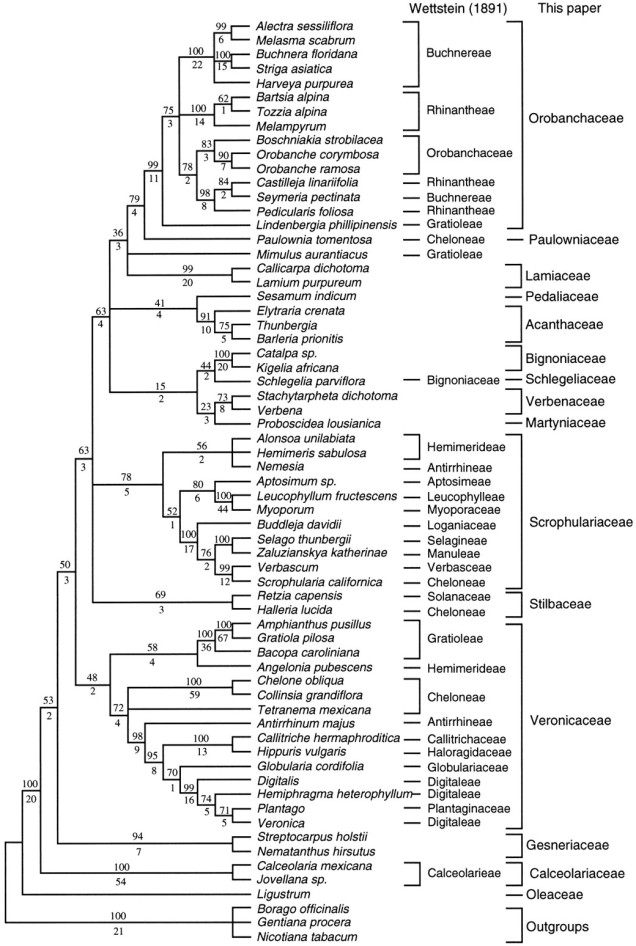Paradigm shift—more than 85% of the world’s 250,000 species of flowering plant depend on pollinators for reproduction. This knowledge has led to protecting entire ecosystems rather than individual species.
Albert Einstein is claimed to have said: “If the bee disappears from the surface of the earth, man would have no more than four years to live.” (Quote Investigator). While it appears he did not actually ever say this, it is a remarkably prescient observation about the role that pollinators play in continuing the survival of plants.
While wind, water and explosive propulsion do work for some flowering species, the majority rely on animal pollinators. The co-evolution of pollinators with the plants they pollinate means that, in many cases, species may be pollinated by only a select few animals. Should the animals decline in population, so will the plants.
A recent example in New Zealand reminds us of this (Biello). The endemic flowering shrub Rhabdothamnus solandri, or New Zealand gloxinia, relies primarily on the bellbird (Anothornis melanura) and stitchbird (Notiomystis cincta) to pollinate its flowers. These birds have long beaks and tongues to access the long, tubular flowers of the shrub. However, the bellbird and stitchbird have recently become extinct on New Zealand’s North island. To investigate this impact on the flower, researchers conducted a study on three smaller offshore islands, where the birds were still present. The results were alarming – in the absence of the two birds on the North island, just 22% of of flowers produced fruit and had only 37 seeds per flower. This compares to the the islands that still have the birds, where they produced 232 seeds per flower and 58% produced fruit. In order to save this flower, we must also save the birds.

New Zealand Gloxinia – Rhabdothamnus solandri.
A paradigm shift represents a radical change in thinking based on new evidence. Understanding that protecting birds, for example, will also protect plants, is an important change in thinking from purely looking at the conservation of single species. Conservation methods that focus on ecosystems as a holistic unit reflect our increased understanding of the way animals and plants in particular are inter-related.
Sources:
Biello, David. “For Want Of A Pollinator, A Flower May Be Lost–Or A Forest”. Scientific American. N. p., 2016. Web. 13 Oct. 2016.
“If The Bee Disappeared Off The Face Of The Earth, Man Would Only Have Four Years Left To Live | Quote Investigator”. Quoteinvestigator.com. N. p., 2013. Web. 13 Oct. 2016.
“T.E.R:R.A.I.N – Taranaki Educational Resource: Research, Analysis And Information Network – Rhabdothamnus Solandri (Taurepo) “. Terrain.net.nz. N. p., 2016. Web. 14 Oct. 2016.


